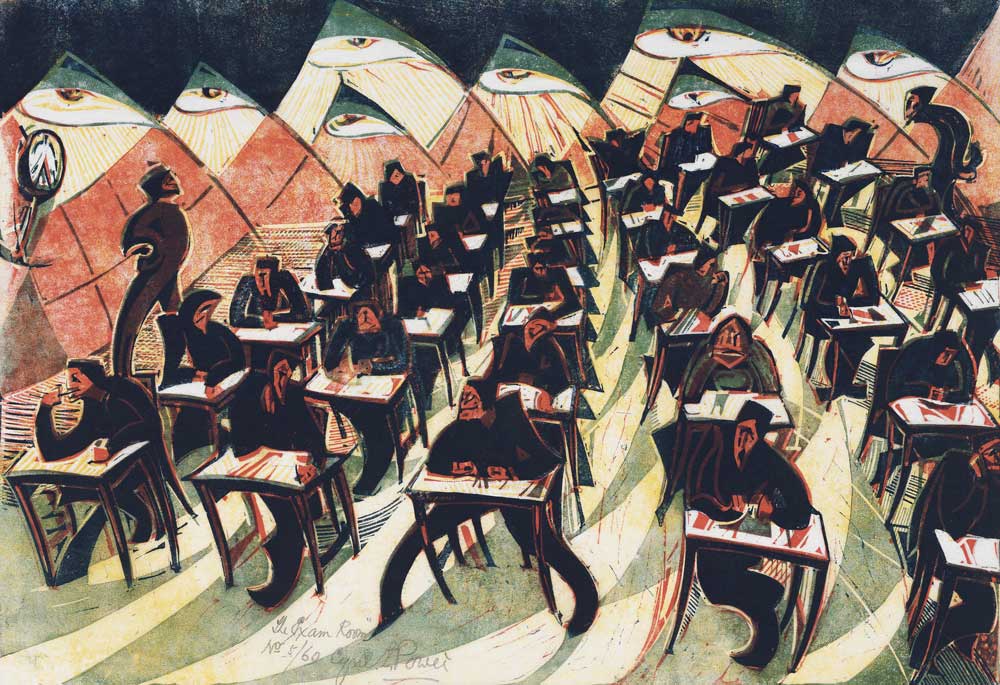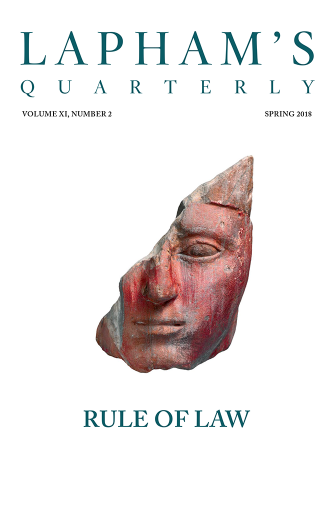That concept of liberty which must inspire pedagogy is universal. The biological sciences of the nineteenth century have shown it to us when they have offered us the means for studying life. If, therefore, the old-time pedagogy foresaw or vaguely expressed the principle of studying the pupil before educating him, and of leaving him free in his spontaneous manifestations, such an intuition, indefinite and barely expressed, was made possible of practical attainment only after the contribution of the experimental sciences during the last century. This is not a case for sophistry or discussion; it is enough that we state our point.
He who would say that the principle of liberty informs the pedagogy of today would make us smile as at a child who, before a box of mounted butterflies, should insist that they were alive and could fly. The principle of slavery still pervades pedagogy, and therefore the same principle pervades the school. I need only give one proof—the stationary desks and chairs. Here we have, for example, striking evidence of the errors of early materialistic scientific pedagogy that, with mistaken zeal and energy, carried the barren stones of science to rebuilding the crumbling walls of the school.
The schools were at first furnished with long, narrow benches upon which children were crowded together. Then came science and perfected the bench. In this work much attention was paid to the recent contributions of anthropology. The age of the child and the length of his limbs were considered in placing the seat at the right height. The distance between seat and desk was calculated with infinite care, in order that the child’s back should not become deformed, and finally the seats were separated and the width so closely calculated that the child could barely seat himself upon it, while to stretch himself by making any lateral movements was impossible. This was done in order that he might be separated from his neighbor. These desks are constructed in such a way as to render the child visible in all his immobility. One of the ends sought through this separation is the prevention of immoral acts in the schoolroom.
What shall we say of such prudence in a state of society where it would be considered scandalous to give voice to principles of sex morality in education, for fear we might thus contaminate innocence? And yet here we have science lending itself to this hypocrisy, fabricating machines! Not only this; obliging science goes further still, perfecting the benches in such a way as to permit to the greatest possible extent the immobility of the child, or, if you wish, to repress every movement of the child.
It is all so arranged that when the child is well fitted into his place, the desk and chair themselves force him to assume the position considered to be hygienically comfortable. The seat, the footrest, the desks are arranged in such a way that the child can never stand at his work. He is allotted only sufficient space for sitting in an erect position. It is in such ways that schoolroom desks and benches have advanced toward perfection. Every cult of the so-called scientific pedagogy has designed a model scientific desk. Not a few nations have become proud of their “national desk”—and in the struggle of competition, these various machines have been patented.
Undoubtedly, there is much that is scientific underlying the construction of these benches. Anthropology has been drawn upon in the measuring of the body and the diagnosis of the age; physiology, in the study of muscular movements; psychology, in regard to perversion of instincts; and, above all, hygiene, in the effort to prevent curvature of the spine. These desks were indeed scientific, following in their construction the anthropological study of the child. We have here, as I have said, an example of the literal application of science to the schools.

The Exam Room, by Cyril Edward Power, c. 1934. Photo © Christie’s Images / Bridgeman Images.
I believe that before very long we shall all be struck with great surprise by this attitude. It will seem incomprehensible that the fundamental error of the desk should not have been revealed earlier through the attention given to the study of infant hygiene, anthropology, and sociology, and through the general progress of thought. The marvel is greater when we consider that during the past years, there has been stirring in almost every nation a movement toward the protection of the child.
I believe that it will not be many years before the public, scarcely believing the descriptions of these scientific benches, will come to touch with wondering hands the amazing seats that were constructed for the purpose of preventing among our schoolchildren curvature of the spine!
It is incomprehensible that so-called science should have worked to perfect an instrument of slavery in the school without being enlightened by one ray from the movement of social liberation, growing and developing throughout the world. For the age of scientific benches was also the age of the redemption of the working classes from the yoke of unjust labor.
From The Montessori Method. Despite pressure from her parents to become a teacher, Montessori became one of the first women in Italy to go to medical school. In the late 1890s, working as a physician with intellectually disabled children, she began to theorize that delinquency was caused by a lack of institutional support for children. Over the next few decades, she opened Montessori schools and training programs all over the world. In 1934 all the Montessori schools in Italy were closed after she refused to force teachers to pledge loyalty to the Fascist Party.
Back to Issue



